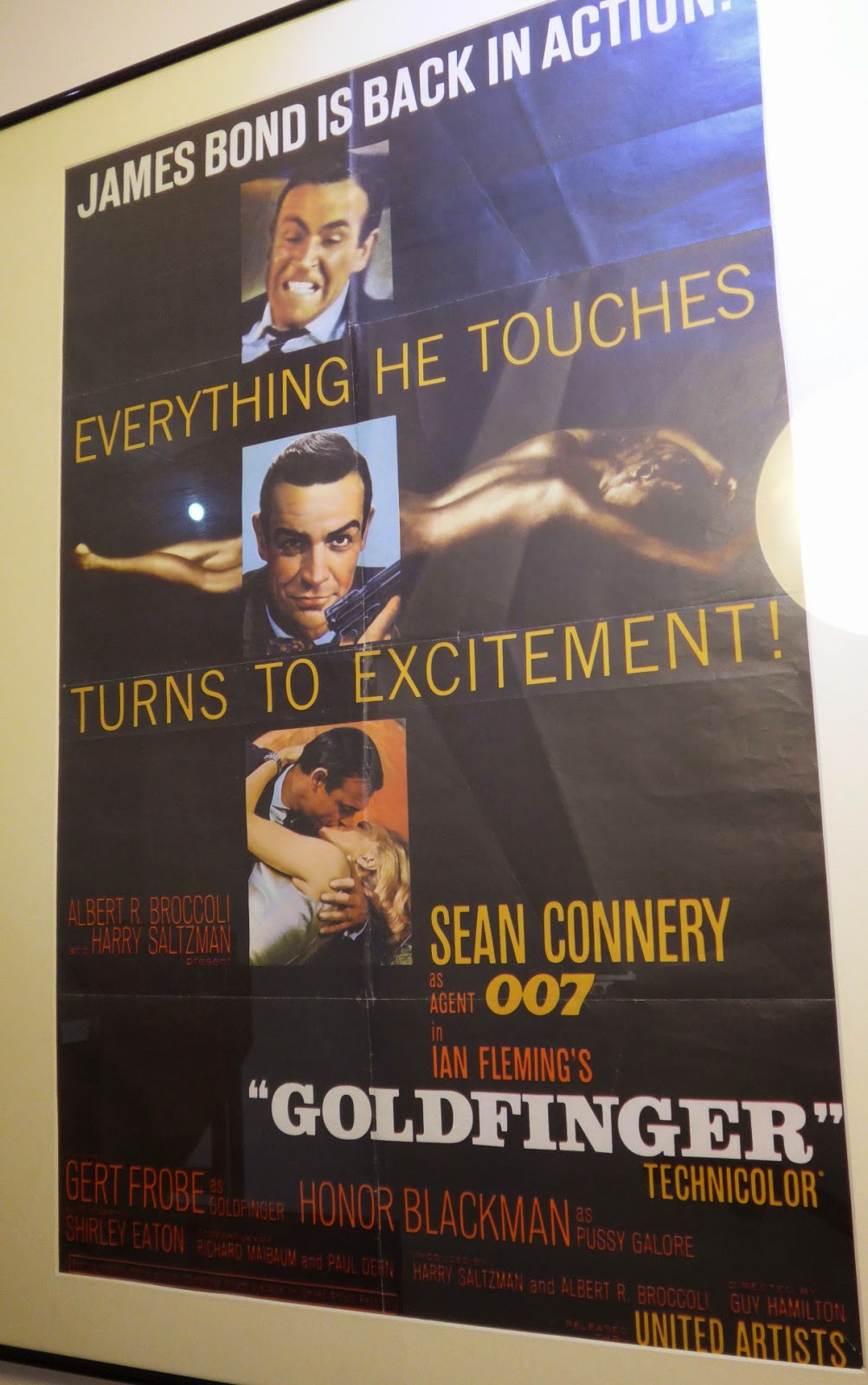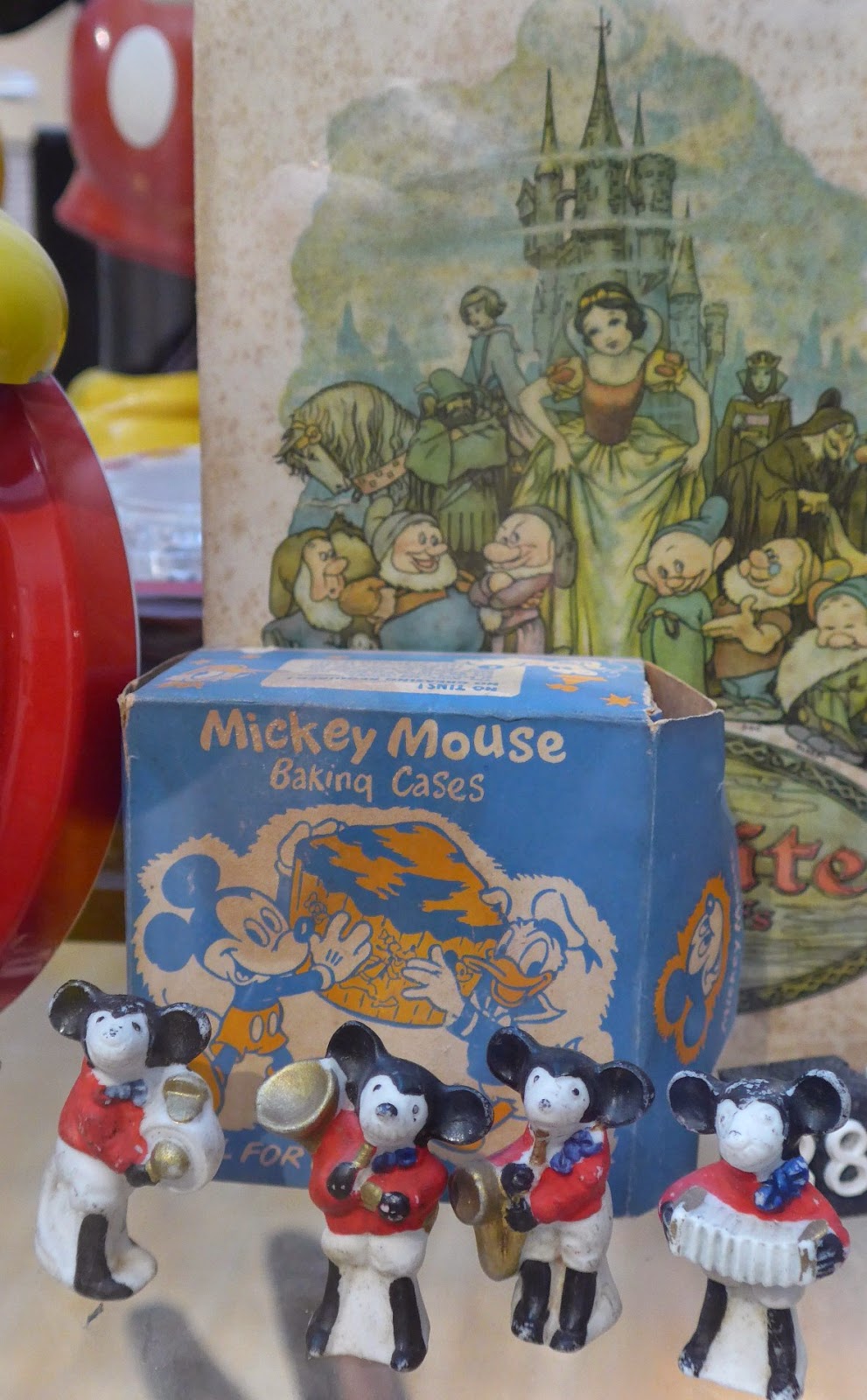not my words but the title of a quilt exhibition in Danson House, Bexleyheath.
Wait! before you stop reading because needlework isn't your thing...
...I give you stories of Birth, Sleep, Sex, Illness and Death
The quilts are made by many different people:
The anonymous to mark a birth, the carers of the dying, the sufferer of depression, the widow, the wife, the daughter, the grieving, artists, prisoners, men, women, makers from the 18th, 19th, 20th and 21st centuries.
Looking at this list, there are some pretty significant events in people's lives that have been marked by the making of a quilt.
Birth
Quilts can provoke debate. Here Grayson Perry responds to the abortion debate, and perhaps the messiness of giving birth. Mind you this quilt is incredibly ordered, rhythmical and symetrical.
No mess, no disorder.
This quilt was made for a baby in the 18th century.
This photo only begins to show how incredibly fine and delicate the stitching is.
This quilt was made later in the 19th century, again for a cot.
Each piece of fabric probably has its own story to tell.
Sleep
Like the patchwork squares in the last photo, these squares also tell stories, each one made by a different person, men and women.
Exhibited on a prison bed.
Each square was made by a prisoner, taught to sew by Fine Cell Work (a charity).
They work with prisoners to give them a skill and a chance to earn an income.
In this project they considered sleep, getting a good night's sleep in prison,
which can be quite problematic.
The green thread in the pillow in this square was picked apart from the prison sheets,
'...so there is a bit of the prison in my square'.
This blew me away... the skills, the dreams!?
Sex
Fifteen quilts with words, the connections of sex.
On a chaise longue!
Illness
By the time Karina Thompson gets to 70, her heart will have beaten unnoticed 2.6 billion times.
Quilted images inspired by her echocardiogram.
A quilt made at her husband's bedside.
The making of it, keeping her company when he could no longer communicate.
Again a quilt made in response to tragedy.
Encouragement sent to her son following his car accident, sewn into hexagons of hope.
Stones and painkillers sewn into a quilt.
Intending to feel the weight of all this,
the experience of lying under this quilt of stones and painkillers turned out to be,
"not too heavy at all, it felt quite nice".
Death
A 19th century widow's quilt.
These two quilts, grey and white, were made by a daughter in response to her mother's dementia.
The grey fibres resembling her mother's hair and the crazy patchwork design, her skin...
...eleven years later, remembering her in white.
As I said, these quilts, essentially bedcovers,
were on display in the bedrooms of Danson House.
These two displayed where the original bed would have been,
underneath the ceiling from which drapes would have hung.
Whatever your thoughts on needlework,
it certainly doesn't shy away from addressing the big things in life.
Things We Do In Bed is housed in the bedrooms at Danson House, a Georgian Villa.
The quilts were chosen and brought together by the novelist Tracy Chevalier.
Things We Do In Bed is on until 31st Oct 2014 in Danson House.
Not open on Fridays & Saturdays,
and learnt by experience, not open until noon each day.
Tracy Chevalier quilts too
Buy a rafflle ticket to support Danson House and you may win a quilted cushion she has made.





















.JPG)














































